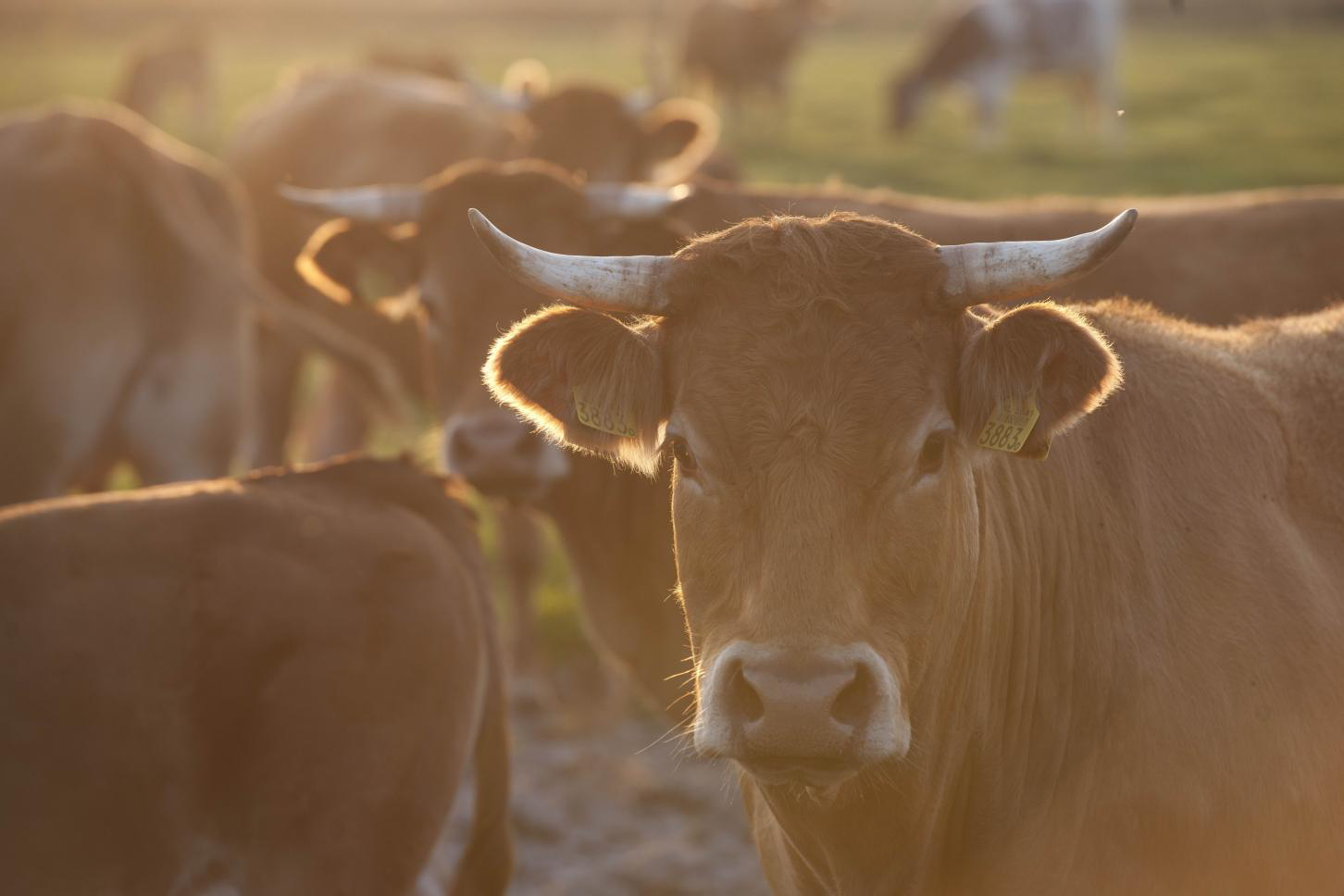Distillers grains with calcium oxide improve cattle diets

Research at Purdue University has shown that small amounts of calcium oxide can neutralise the acid in distillers grains, a commonly used alternative to corn in many livestock feed mixes.
Distillers grains are a relatively inexpensive and plentiful byproduct of ethanol production and retain many of the nutrients of the original corn used in the ethanol process.
Purdue scientist Jon Schoonmaker said: “Incorporating calcium oxide into the feed mix represents a small increase in price for much better performance.”
The grains can be fed to animals in a wet form, with a 65% moisture content, or dried, at 10%.
The problem is that distillers grains retain the sulfuric acid used to control the starch fermentation during ethanol production. Since the grain is highly acidic, it is difficult for cattle to fully digest. The undigested feed is essentially empty calories, like junk food, because the animal gets no nutritional value from it.
Adding the calcium oxide, or CaO, directly to the ration mix at a rate of 1% of the total dry matter made the distillers grains less acidic, more digestible and therefore more nutritious, leading to better growth performance among test cattle, Schoonmaker said. Adding the CaO directly to the ration saves time and labor compared with the more traditional method of pre-treating low-quality roughages like corn stover while they are still in the field.
Schoonmaker said CaO is a completely natural, harmless supplement. The US Food and Drug Administration determined in 1975 that there was no evidence that calcium oxide in livestock feed posed any danger to humans who consume the meat.
In their three years of studies, Schoonmaker and his colleagues have evaluated different dietary distillers grains concentrations, from 30% to 60% of the mix, as well as different fibre sources, including corn silage, corn stover and soybean hulls. In addition to the distillers grains and fibre, the feed mix in this study consisted of dry rolled corn and a vitamin-and-mineral supplement.
“The key is to maintain a rumen pH that is high enough for optimum fiber digestion, either with CaO or matching highly digestible fibre sources,” Schoonmaker said.
Overall, the groups that were fed distillers grains with the CaO supplement performed better than the other test cattle, consuming less feed while maintaining a steady increase in body weight.
The results indicated that a diet of distillers grains with calcium oxide would have comparable outcomes to a diet consisting of higher-quality feeder corn, Schoonmaker said.
Although the price of corn plummeted this year after it became apparent that nearly ideal growing conditions would lead to a bumper crop, Schoonmaker said there were still several reasons why livestock producers might choose distillers grains over corn.
And, Schoonmaker said, higher feed prices are always just one bad corn harvest away, making distillers grains an appealing option to have in reserve.
“No one can tell what next year will bring,” he said. “It is always good to have a backup plan.”
Schoonmaker and his team’s paper was published in the Journal of Animal Science. It is available online at Journal of Animal Science











